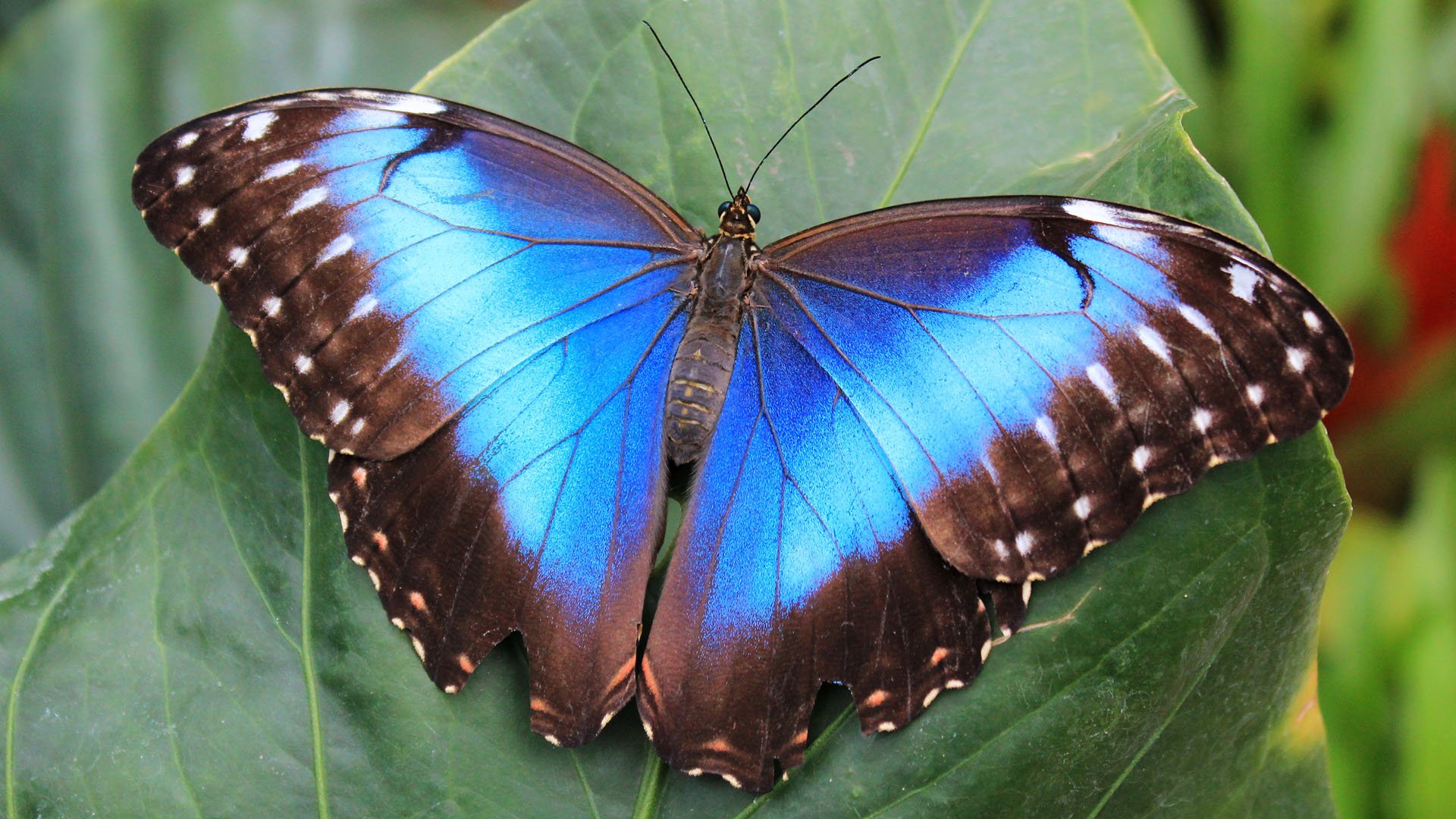Fine structure
Many organisms derive their colour from pigment. There is, however, another method: structural coloration. Microscopically tiny structures change the wavelength of the refracted light, causing it to change colour. This coloration method is used by many species of butterfly and birds of paradise. For example, the male Lawes's parotia is able to change the colour of his breast plumes to attract females.
Genetic code
Structural coloration is not the exclusive preserve of the animal kingdom – some microbes use it as well. As part of their research into biodegradable paint, British and Dutch researchers examined Flavobacteriia. These bacteria create colour in similar ways. Once they have formed colonies, the shape of the colony causes a change in the wavelength of the refracted light, resulting in a metallic colour. By changing the genetic code, researchers could dictate the activity level and the shape of the bacteria in order to influence the structure of the colony. Eventually, they were able to change the colour green to every other visible colour in the spectrum. They were also successful in muting the colour or removing it altogether.
Bacteria on the wall
Practical applications could include colourful structures that can change hue, just as butterflies can. These bacterial structures could grow in abundance and possibly even become adjustable, allowing for the creation and subsequent modification of every colour conceivable. Eventually, this technique may potentially be used to manufacture non-toxic, biodegradable paint for use on walls or vehicles.
Soucrce: Johansen et al. 2018 - Genetic manipulation of structural color in bacterial colonies

